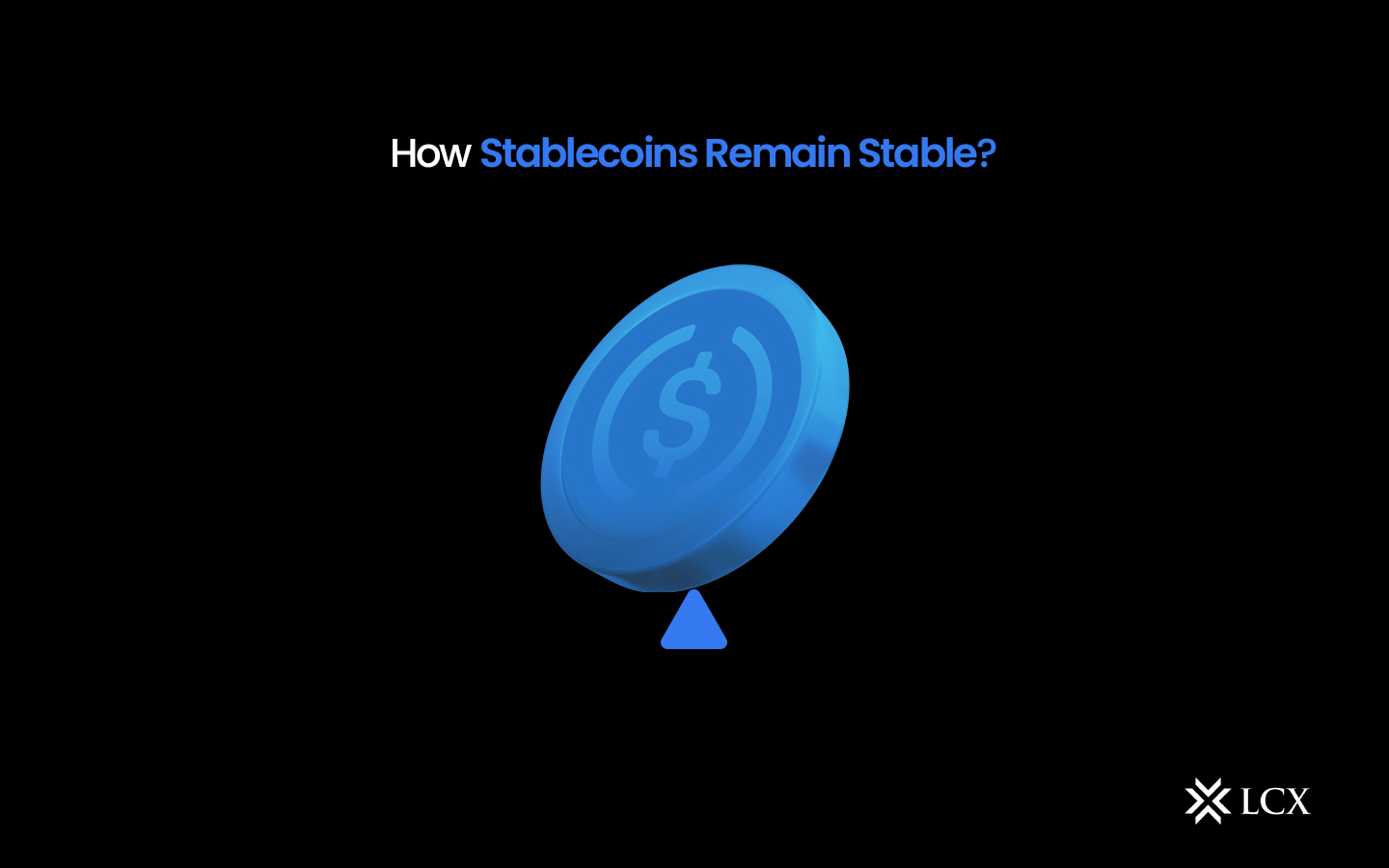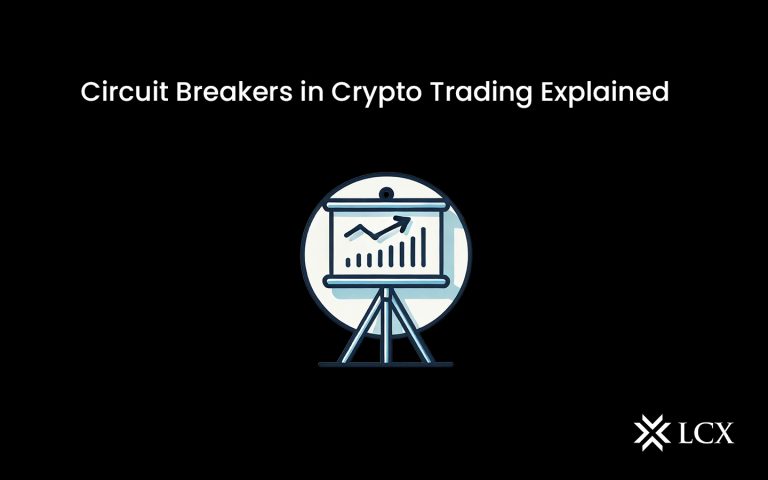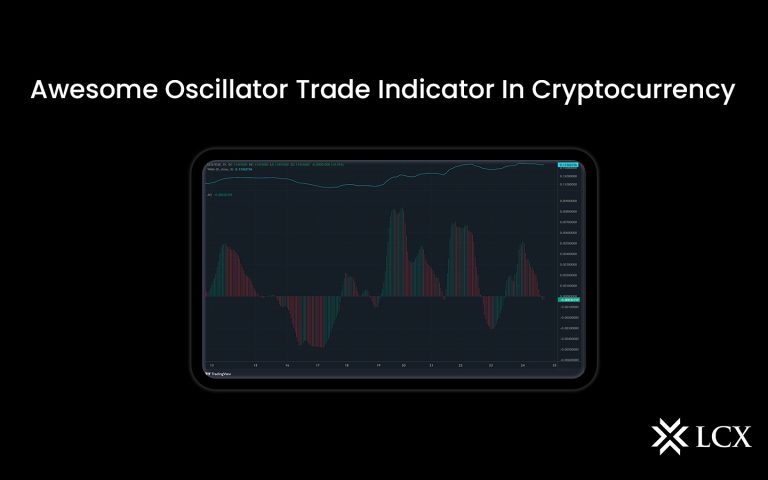Stablecoins are a type of digital currency that aims to provide investors with price stability, either by being secured by specific assets or by adjusting their supply based on demand.
The first stablecoin was issued in 2014, and since then, stablecoins have gained popularity because they offer the quickness and security of a blockchain without the volatility that most cryptocurrencies experience.
Stablecoins were predominantly used to purchase cryptocurrencies on trading platforms that lacked trading pairs with fiat currencies. Fiat currency refers to government-issued currencies that are not supported by precious metals or other commodities. Stablecoins are now used in various blockchain-based financial services, including lending platforms, and can be used to pay for products and services.
Stablecoins are blockchain-based versions of fiat currencies, meaning they are programmable and can interact with blockchain-based applications and smart contracts (which are agreements written in code that automatically execute).
Understanding Stablecoins
Popular cryptocurrencies such as Bitcoin (BTC) and Ether (ETH) have a propensity to be highly volatile. Volatility refers to the degree of uncertainty associated with an asset’s value variations. A higher level of volatility indicates that the asset’s price can fluctuate wildly in either direction over time. In contrast, a lower level indicates that the asset’s price is comparatively stable.
Volatility can be quantified in terms of daily returns by examining an asset’s percentage change in points (pips). During times of market turmoil, even the most popular cryptocurrencies frequently fluctuate by more than 10 percent, reducing their utility as mediums of exchange. As a medium of exchange, an asset facilitates the buying and selling of products and services.
To be used as a currency, an asset must function as a medium of exchange, a unit of account, and a store of value, which means it must maintain its value, be used to determine the worth of products and services, and facilitate commerce. Stablecoin technology’s most obvious advantage is that it can be used as a medium of exchange, bridging the divide between fiat and cryptocurrencies. By minimizing price volatility, stablecoins can achieve a completely different utility than traditional cryptocurrencies.
Stablecoins are intrinsically stable assets, which makes them a valuable store of value and encourages their use in everyday transactions. Additionally, stablecoins enhance the mobility of crypto assets throughout the ecosystem. Stablecoin and fiat currency holders are aware that their holdings’ purchasing power will not change over short time periods and can be used to purchase products and services. Stablecoins are distinguished by their blockchain-based nature, as described above.
The majority of stablecoins are pegged to the value of a specific fiat currency, such as the US dollar, or a specific commodity, such as gold. Being pegged implies a fixed price, so one stablecoin monitoring the U.S. dollar should be worth $1.
This fastener can be kept in place through a variety of mechanisms. Asset backing is the most prevalent method used by stablecoins. Asset backing refers to the proportion of stablecoin tokens in circulation to the quantity of underlying assets. A stablecoin is 1:1 backed if for every stablecoin in circulation, there are assets of equal value backing it.
Stablecoins secured by the U.S. dollar will maintain their value so long as they are redeemable for the U.S. dollar. Traders seeking to profit from price differences between markets will, however, close the disparity if the asset’s value fluctuates dramatically in either direction.
What Are Stablecoins Used For?
Stablecoin holders can take advantage of various opportunities due to the coin’s blockchain-based nature. The issuance of the first stablecoins as fiat currency replacements on exchanges provided investors with a secure haven from the volatility of other crypto assets.
In the decentralized finance (DeFi) space, stablecoins can now be used to lend at rates higher than those offered by conventional savings accounts or to obtain cryptocurrency-backed loans. Despite the fact that stablecoins may offer higher returns than conventional savings products, it is essential to note that stablecoin offerings do not include government-backed insurance.
Stablecoins have been issued on multiple blockchain networks that support smart contracts, and they are extensively used in the DeFi industry and on exchanges. On top of Blockchain networks that support smart contracts, applications such as decentralized exchanges (DEXs) can be developed. Decentralized exchanges are marketplaces where merchants conduct transactions directly with one another.
Stablecoins can also be used to pay salaries because they make international money transfers more affordable. Only a transaction charge is required to transfer funds on the blockchain. Furthermore, on the blockchain, international transactions are settled in a matter of seconds to an hour, contingent on a number of variables. This includes the type of network employed, the possibility of network congestion, the amount of fee paid, and the complexity of the transaction. The traditional financial system, however, can take days to resolve international transactions.
Stablecoins’ low volatility allowed investors to keep their funds on the blockchain while minimizing risk, whereas traditional cryptocurrencies do not have a fixed price and may fluctuate wildly.
How Stablecoins Remain Stable
Government-issued fiat currencies are stable due to the actions of controlling authorities such as central banks, which guarantee the relative stability of their currencies’ prices. Stablecoins may be supported by a physical asset such as gold, algorithms, or government-issued fiat currencies. Stablecoins use the stability provided by central banks and the government to establish reserves in government-backed fiat currencies like the U.S. dollar. To monetize stablecoin reserves, a portion of the funds backing stablecoins are allocated to fixed-income securities, such as short-term corporate debt and government-backed debt obligations, which ensure the funds are redeemable and amply backed. Several fundamental mechanisms, including fiat backing, crypto backing, commodity backing, and algorithm backing, are used to maintain the stability of stablecoins.
Fiat-backed stablecoins
Stablecoins backed by fiat currencies hold reserves in fiat currencies, such as the US dollar. Stablecoins backed by fiat currencies typically hold one dollar in reserve for each token in circulation, either in cash or cash equivalents. Stablecoin reserves are managed by central entities that conduct regular audits of their funds and collaborate with regulators to ensure that entities holding stablecoin reserves continue to comply. Users must undergo Know Your Customer (KYC) and Anti-Money Laundering (AML) procedures similar to those required by exchanges in order to purchase stablecoins directly from the issuers. A copy of the user’s government-issued identification document is collected as part of these processes. Once stablecoins are in circulation, anyone can transmit and receive them, although the entity issuing them may have the ability to freeze funds at specific addresses. Stablecoins have been suspended in the past, for instance, when issuers assisted law enforcement with investigations or attempted to recover stolen funds.
Cryptocurrency-backed stablecoins
Stablecoins backed by other cryptocurrencies are those backed by other cryptocurrencies. Stablecoins backed by cryptocurrencies can be issued to monitor the price of the cryptocurrencies backing them or a fiat currency. One can issue a crypto-backed stablecoin to establish an asset on a different blockchain. Wrapped Bitcoin (WBTC) is an example of a stablecoin issued on the Ethereum blockchain that is secured by Bitcoin.
Alternately, cryptocurrency-backed stablecoins can monitor the value of a fiat currency via balancing mechanisms on the blockchain that use the stablecoins’ backing to maintain price stability. In these instances, stablecoins are overcollateralized to ensure that their peg can be maintained even during periods of extreme market volatility. Being overcollateralized indicates that the assets supporting a stablecoin have a higher value than the stablecoins in circulation. For example, $1,000 worth of Ether may be held in reserve to secure the $500 value of a stablecoin secured by a cryptocurrency. Frequent audits and monitoring tools contribute to the price stability of stablecoins. Stablecoins backed by cryptocurrencies are a more decentralized alternative to fiat-backed stablecoins, as they can be created through automated smart contracts with no central entity in charge.
Commodity-backed stablecoins
Stablecoins supported by commodities are essentially blockchain-based representations of commodities backed by central reserves. Stablecoins backed by commodities such as precious metals, energy, and real estate are backed by physical assets. Gold is the most commonly used commodity as collateral. However, it is essential to recognise that the prices of these commodities can and will fluctuate, and that they may therefore lose value.
Stablecoins supported by commodities facilitate investments in assets that would otherwise be inaccessible on a local scale. In many regions, obtaining a gold bar and locating a secure storage location, for example, is challenging and expensive. Therefore, owning tangible assets such as gold and silver is not always feasible. However, stablecoins backed by commodities are also useful for those who wish to exchange tokens for currency or take possession of the underlying tokenized asset.
Algorithmic or hybrid stablecoins
Algorithmic or hybrid stablecoins are stablecoins that rely on complex algorithms to keep their prices stable, balancing supply and demand with funds held on the blockchain via smart contracts to maintain price stability. The algorithmic stablecoins operate as actual central banks, defending the market fix of their respective currencies. When the price of the stablecoin exceeds the anchor, they purchase assets and sell them when it falls below the peg.
Some algorithmic stablecoins are notorious for losing their peg during black swan or unanticipated events due to a lack of over-collateralization, which causes market volatility to spike. When the market price declines below that of the fiat currency, an algorithmic stablecoin system will decrease the number of tokens in circulation. Alternately, if the token’s price exceeds that of the fiat currency it represents, new tokens are issued to reduce the stablecoin’s value.
Non-Collateralized or Seigniorage-Style Stablecoins
Non-collateralized or seigniorage-style stablecoins are comparable to algorithmically-backed stablecoins, but they lack smart contract-backed reserves. Instead, seigniorage-style stablecoins rely on complex mechanisms to adjust their coins’ circulating supply in response to supply and demand.
To maintain their equilibrium, non-collateralized or seigniorage-style stablecoins destroy and inflate supply on-chain. These stablecoins require no collateral as they are self-collateralized. Assume, for example, that the value of stablecoin A is $1.00. The price decline to $0.70 indicates that there is more stablecoin supply than demand. The algorithm purchases stablecoin A with seigniorage, bringing the price back to $1.00 by diminishing the supply. If the price remains below $1.00 and there are insufficient funds to purchase additional coins, seigniorage shares are issued. It implies that users are investing in the expansion of the supply of stablecoins that are not backed by collateral. If the price of a stablecoin rises above $1.00, the algorithm generates additional tokens, increasing the supply until the price declines below $1.00. Profits are also known as “seigniorage.”
Conclusion
Stablecoins have emerged as a vital component of the cryptocurrency ecosystem, offering stability and predictability that traditional cryptocurrencies struggle to provide. Through different mechanisms, including collateralization, algorithms, and decentralized governance, stablecoins manage to maintain a stable value, allowing them to become a viable option for everyday transactions, remittances, and a store of value. However, users must still exercise caution and conduct due diligence before engaging with any stablecoin, as the stability mechanisms are not infallible and may be subject to risks and external market conditions.










